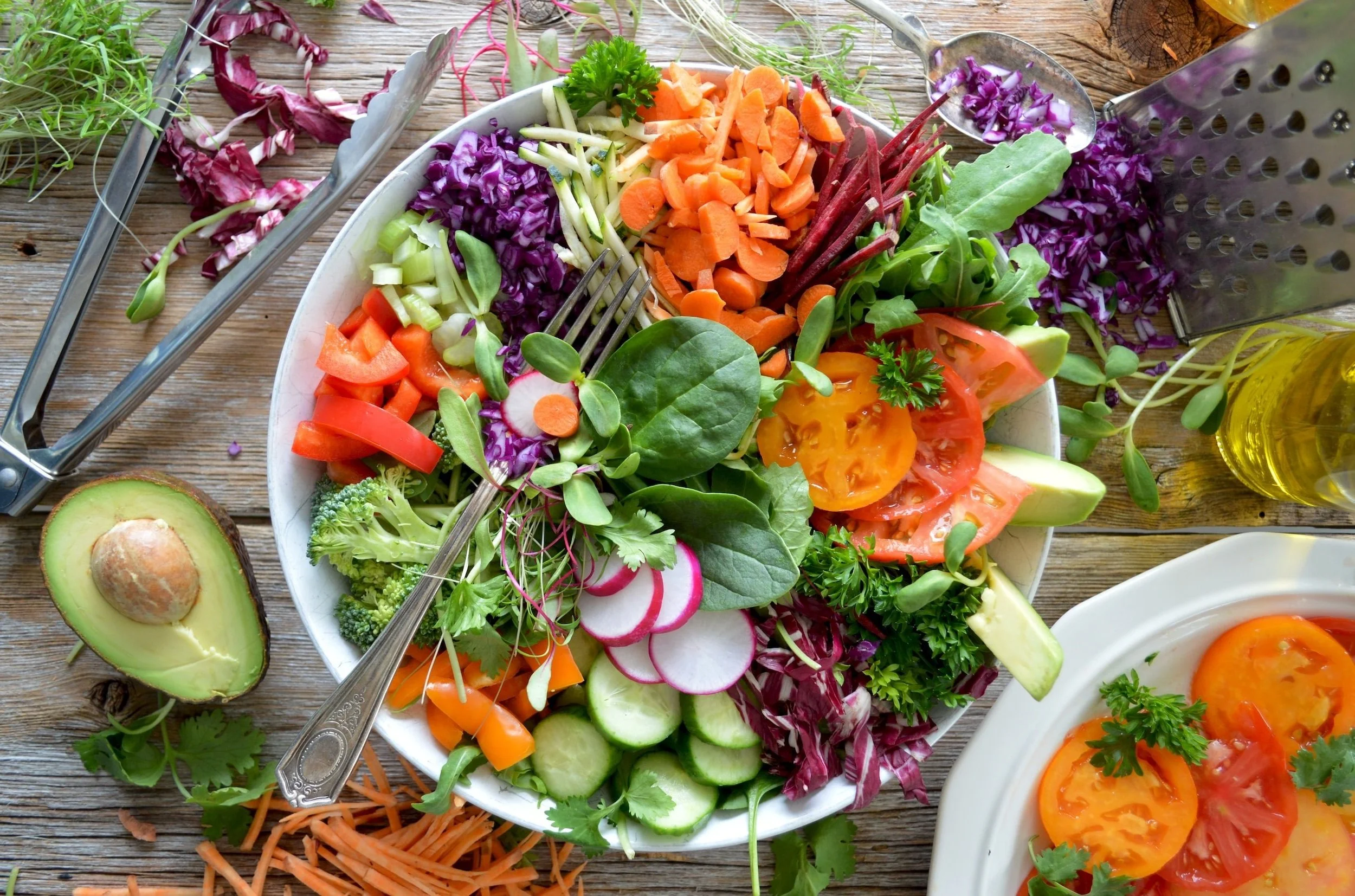The Power of Volumetrics: Eat More, Weigh Less, and Embrace Healthy Living
In our never-ending quest to balance satisfying hunger and maintaining a healthy weight, the Volumetrics Diet offers a remarkable solution: eat more to weigh less. Sounds counterintuitive, doesn't it? However, by understanding the principles of Volumetrics, you'll find that this science-backed approach to eating smartly can be incredibly effective.
The Essence of Volumetrics
The Volumetrics Diet, developed by nutrition scientist Dr. Barbara Rolls at Pennsylvania State University, is rooted in a simple yet effective concept: people tend to eat the same volume of food each day, regardless of its caloric content. Dr. Rolls' work revolves around energy density – the number of calories packed into a certain volume of food. Foods with high energy density provide more calories in less volume, leading to overconsumption and weight gain, while low-energy-dense foods contain fewer calories for more volume, aiding in weight management.
The main idea is not to eat less, but to eat smarter by choosing foods that allow you to eat more while still reducing overall caloric intake.
Understanding Energy Density
Energy density is determined by the composition of the food - primarily the water, fiber, and fat content. Water and fiber increase food volume without adding calories, making them low in energy density. Conversely, fat is high in energy density, as it packs a lot of calories into a small volume.
For instance, consider an apple and a piece of apple pie. The apple, which contains a lot of water and fiber, has a lower energy density, allowing you to eat more for fewer calories. The apple pie, rich in fats and sugars, has a high energy density, providing many more calories in a comparably sized portion.
The Volumetrics Food Categories
In the Volumetrics approach, foods are divided into four categories based on their energy density:
Category One: Very low-density foods - Non-starchy vegetables, non-fat milk, broth-based soups.
Category Two: Low-density foods - Starchy fruits and vegetables, grains, breakfast cereal, low-fat meat.
Category Three: Medium-density foods - Meat, cheese, pizza, French fries.
Category Four: High-density foods - Chips, cookies, chocolate, nuts, butter, oils.
The goal is to consume more foods from categories one and two, moderate amounts from category three, and try to limit those in category four.
Eating More and Weighing Less
The magic of Volumetrics lies in its principle of 'caloric dilution,' which encourages the consumption of a greater volume of food that's low in calories. When you eat foods with low energy density, like fruits and vegetables, you can have larger portions and feel fuller without overdoing the calories.
For instance, swapping a high-energy-dense meal for a low-density one might mean replacing a slice of cheese pizza (Category 3) with a chicken salad filled with veggies, a small portion of cheese, and a vinaigrette dressing (mix of Categories 1 and 2). You’ll likely end up with a larger, more satisfying meal for fewer calories.
Strategies for Success with Volumetrics
Hydrate and Fiber Up: Foods with high water and fiber content are lower in energy density. They not only help control hunger but also aid in digestion and contribute to overall health. Soups, salads, fruits, and vegetables are excellent choices.
Savor the Flavors: Slow down and appreciate the textures and flavors in your meal. Taking the time to savor your food allows your body to register fullness, a key component in managing your weight.
Don’t Exclude, Include: Volumetrics isn't about completely cutting out high-density foods, but rather, focusing on including more low-density foods. Moderation is key. You can still enjoy your favorite treats as long as you balance them with healthier choices throughout the day.
Stay Active: Along with a balanced, low-energy density diet, regular physical activity is a vital component of weight management. Find a form of exercise you enjoy and incorporate it into your daily routine.
Volumetrics is not a quick-fix diet, but a sustainable lifestyle change. It encourages a healthier relationship with food, wherein you don’t have to compromise on quantity to keep quality in check. If you've been battling with restrictive diets and have been looking for a way to eat healthily without feeling constantly hungry, it might be time to give Volumetrics a try. Eat more, weigh less, and embrace a life of healthy abundance!
